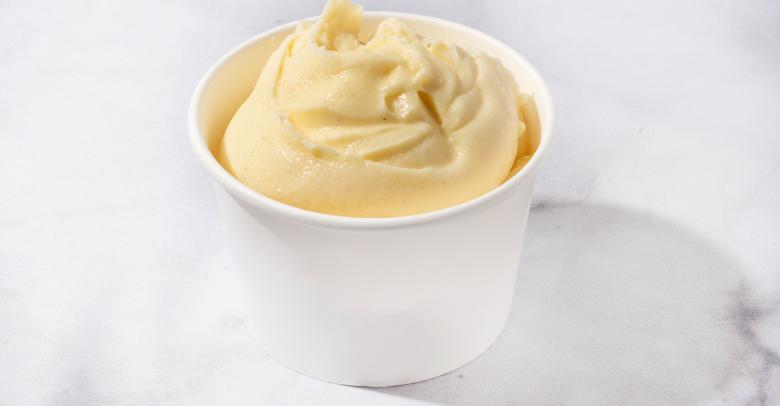You have a microscope and you’ve gone through the basics on how to use it, but you don’t have a lot of stuff to examine—or so you think. Ordinary household items become fascinating specimens when magnified and explored through the lens of your microscope. Here are some of our favorite suggestions:
1. Fibers
Pull out a few individual fibers from different fabrics like cotton, nylon, rayon, silk, wool, etc. Place them one-by-one on the center of a slide and add a drop of water and a cover slip. Examine each fiber under different light and objective settings to see what you discover.
2. Hair
Noticing the differences in hairs can be one of the coolest things to do with your microscope. Examine different types of hair – naturally curly, permanently waved, blonde, brown, red, grey, etc. Check out the difference when the hair is void of oils after dipping your specimen strand in alcohol or soapy water. Compare human hair to that of other mammals.
3. Paper
Place the torn edge of a piece of paper under the microscope. Light it from above with a flashlight or lamp and then focus in on the torn edge. What do you see? Compare different types of paper.
4. Crystals
Place a few crystals of table salt (NaCl) or sugar on a slide and view after adjusting for the best illumination. (Remember: too much light will not reveal much detail.) Slip a piece of black paper beneath the crystals and use side lighting from a lamp or flashlight. What do the crystals look like now?
5. Currency
Examine a dollar bill under various magnifications of the microscope. Compare the fine detail of the engraving process to that of paper play money.
6. Colored Pictures
Look at a colored postcard or picture from a magazine. What are you surprised to see?
7. Pond Water
Stationary water like pond water is can be a scientist’s favorite source of microscopic organisms. Keep the water sample for a few weeks and observe the changes in the organisms you see.
Frey Scientific has a variety of microscopes perfect for observing the items mentioned above. For samples of fiber, hair, crystals, and pond water, the Frey Intermediate Microscope is ideal for young learners while the Frey Standard Student Microscope is suitable for middle and high school.
Macro specimens like paper, money, postcards, and rocks should be viewed using a stereo microscope. Frey Scientific stereo scopes feature precise optical alignment assuring a 3D, upright, unreversed image that is unsurpassed for use in education and industry.






Leave a Reply